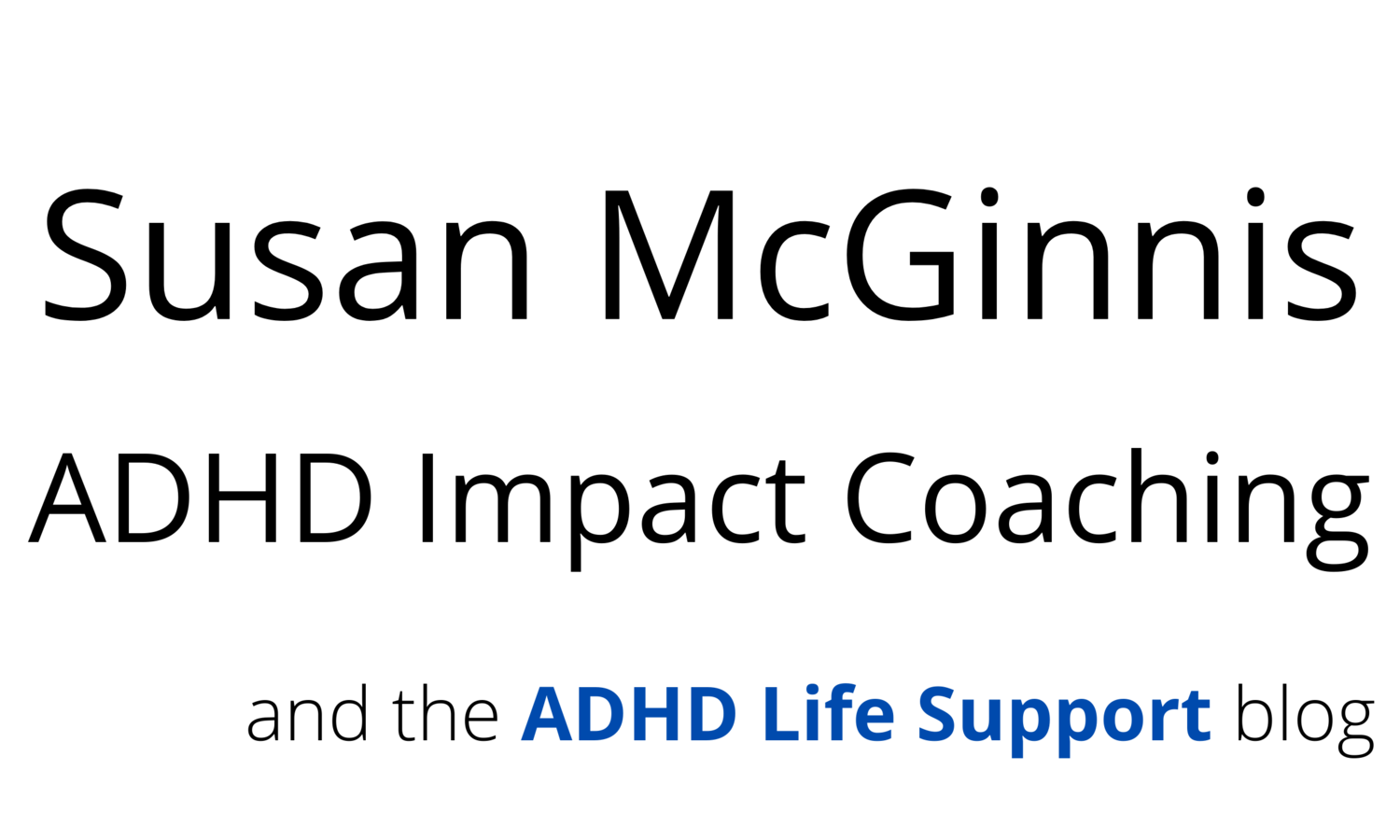Managing Boundaries for Good Relationships
Managing boundaries for healthy relationships is an executive function of the brain, making education about what boundaries are and how to navigate them particularly important for anyone with ADHD.
I want to share this link, How to Set Healthy Boundaries: 10 Examples + PDF Worksheets, from the the Positive Psychology website. The resources are collected from a variety of sources and will help you understand what personal boundaries are, with examples, as well as why they are important; they include how boundaries work within families and with children, and the worksheets (one is 60 pages!) are valuable tools.
The page includes this definition, from the IPFW/Parkview Student Assistance Program:
“A boundary is a limit or space between you and the other person; a clear place where you begin and the other person ends . . . The purpose of setting a healthy boundary is, of course, to protect and take good care of you” (n.d.).
Think about the physical boundary of a fence: it delineates the relationship between parcels of land. A fence makes ownership rights clear, and that helps to avoid disputes.
Like fences, boundaries define what something is, and from that, what rules apply. Having clarity helps us know how to act.
If you read advice columns, you will notice that most of the situations involve setting or enforcing boundaries. This is not surprising, considering that few of us leave childhood with any guidance on personal boundaries —or even any idea that we are allowed to have them! Yet we will certainly notice when when we feel hurt, or feel that another person’s behavior is out of line, whether or not we understand it as a violation of boundaries.
Creating, observing, expressing, and negotiating boundaries enable us to have the kinds of relationships that support us. They help us to be at home in the world. And, they can be learned and practiced.
ADHD Life Support is the blog of
Susan McGinnis, CALC of ADHD Impact Coaching LLC
Coaching adults with ADHD www.adhdimpactcoaching.com
